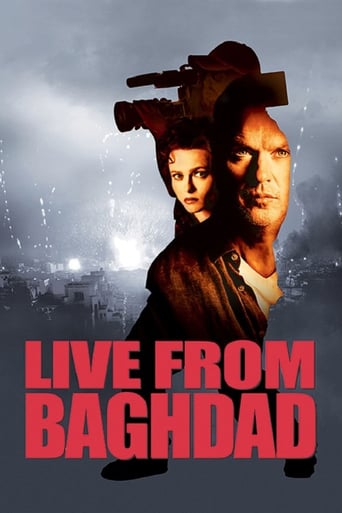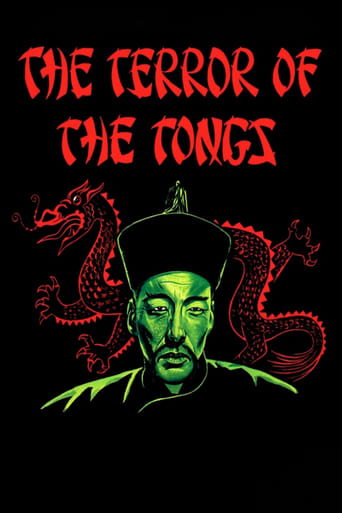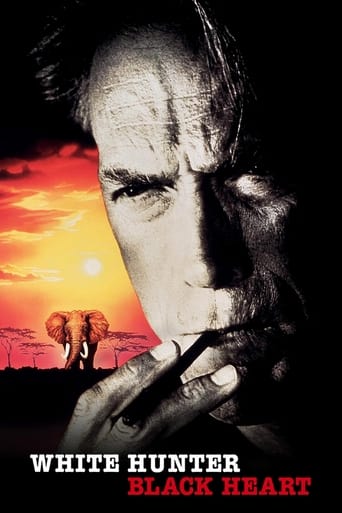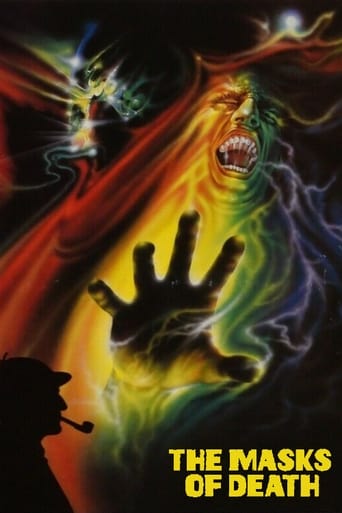
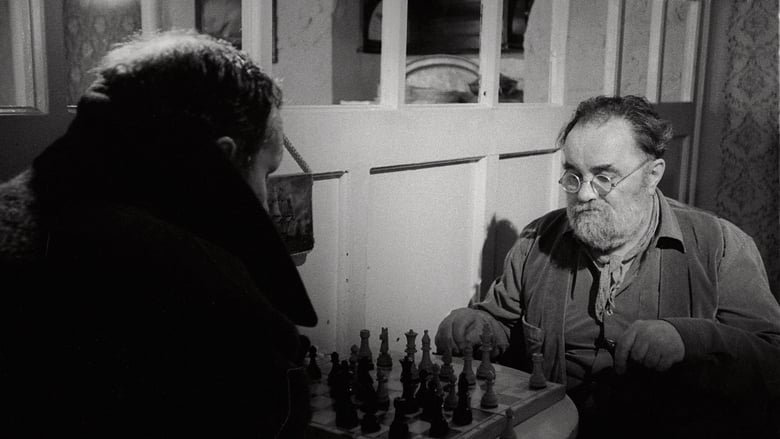
The Man from London (2007)
A switchman at a seaside railway witnesses a murder but does not report it after he finds a suitcase full of money at the scene of the crime.
Watch Trailer
Cast
Similar titles
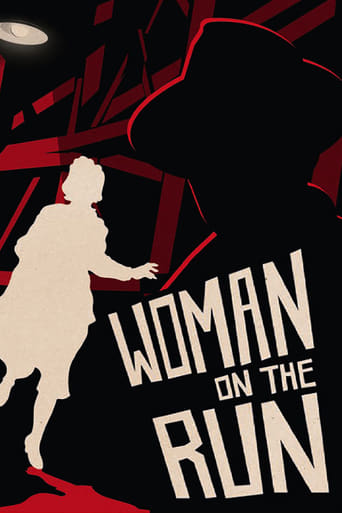
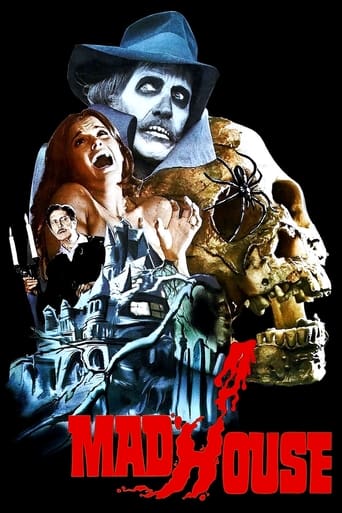
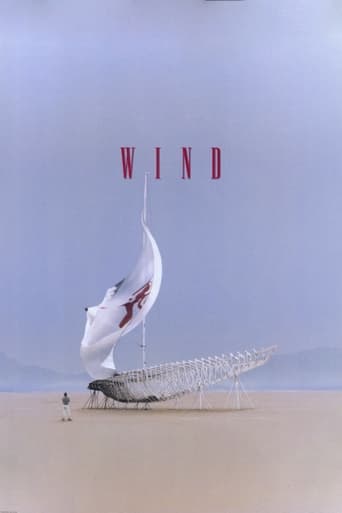
Reviews
Purely Joyful Movie!
Perfectly adorable
Fantastic!
The film's masterful storytelling did its job. The message was clear. No need to overdo.
Hungarian screenwriter, producer and director Béla Tarr's eight feature film which he co-directed with Hungarian film editor Ágnes Hranitzky and co-wrote with Hungarian writer László Krasznahorkai, is an adaptation of the novel "L'homme de Londres" from 1934 by Belgian writer Georges Simenon (1903-1989). It was shot on location in France and Hungary, premiered In competition at the 58th Cannes International Film Festival in 2007, was screened in the Masters section at the 32nd Toronto International Film Festival in 2007 and is a France-Germany-Hungary co-production which was produced by Miriam Zachar, Joachim Von Vietinghoff, Gábor Téni, Christoph Hahnheiser, Paul Saadoun and French producer and chairman of the European Film Academy Humbert Balsan (1954-2005). It tells the story about Maloin, a middle-aged railway signalman imprisoned by his vague prospects who lives in an apartment with his housewife Carmélia and his teenage daughter Henrietta in a port town. One night while Maloni is in his viewing tower, he witnesses a man with a briefcase being killed by another man on the dockside. After seeing the perpetrator leave the scene of the crime, Maloin walks down to the dockside and fetches the briefcase. When he discovers that it is full of English banknotes, he decides to hide it.Distinctly and precisely directed by Hungarian filmmaker Béla Tarr, this nuanced fictional tale which is narrated mostly from the protagonist's point of view, draws a quiet and incisive portrayal of a family man's internal changes after witnessing a murder. While notable for it's gritty and atmospheric milieu depictions, prominent production design by Ágnes Hranitzky, Jean-Pascal Chalard and Hungarian production designer Lásló Rajk, black-and-white cinematography by German-born cinematographer, film editor, screenwriter and director Fred Kelemen, fine editing by Ágnes Hranitzky and use of sound, this character-driven and narrative-driven crime story depicts an in-depth study of character and contains an efficient score by Hungarian composer Mihály Vig.This stylistic, dense and significantly atmospheric mystery about a man's moral conflicts and his relationship with his wife and his daughter, is impelled and reinforced by it's cogent narrative structure, subtle character development and continuity, esoteric characters, rhythmic pace and the fine acting performances by Czech actor Miroslav Krobot, English actress Tilda Swinton and actress Erika Bók. This austere, existentialistic and expressionistic neo-noir where the story at times becomes overshadowed by the cinematic brilliance, is a fascinating though alienating experience.
Let me just start by saying that this is a very beautiful film. It is shot very well, and it has a haunting score that repeated in my mind the whole of the next day. I think that this is a great tribute to Georges Simenon.The main character is a guy called Maloin (Miroslav Krobot) who works mostly at night in a glass cage down at the harbour, a signalman for the railway that picks up passengers from the ferry. The film is shot in black and white in the old port of Bastia on the island of Corsica which is quite scenic though not in a meretricious way, and I'm sure more of a purgatory for Maloin. I once read a powerful short novel by John Steinbeck called The Pearl, where a fisherman discovers a large pearl that will enable him and his family to live a life with less struggle. At the moment he discovers the pearl he lets forth a huge scream, it's a great release from suffering. So here Maloin also has a pearl dropped into his lap, which as in the Steinbeck novella will however cause it's possessor much turmoil. Tarr also manages to access this raw Steinbeckian power. He does this through looking at the relationship between Maloin and his daughter. Maloin is upset that she works in a grocery store where the proprietress is an abuser, and that her arse is available for any man to see (the words of the film). So when he comes across a highly dubious little nest egg, a briefcase he sees smuggled past customs from his vantage point, he takes her out of the shop, even though threatened with violence by the proprietress, and buys her an incredibly expensive fur stole. There was a deep rawness of emotion there, in the act of honouring someone you love.Tilda Swinton is in the movie as well Maloin's wife, I thought her acting was pretty superb in the couple of scenes that she was in. It's a very simple film really. The guilt and fear is very tangible, as is the hopelessness of Maloin's existence.It's a very contemplative sombre film, and the touches are very well done, the sighing barkeep at one point, "Little Vera has had the flu for the third time this year", a child playing football on his own, as opposed to the typical cliché of a whole street gang playing.The only slight problem I had was that the first time we see Maloin playing chess with the barkeep, the chess board is set up incorrectly, "white on the right" folks! It does "break the frame" slightly.
I went into this film with high expectations and unfortunately was incredibly disappointed. The film was beautifully shot and i thought the lighting was particularly amazing.However the whole film felt like it should have been watched on fast forward, it was the most boring film i have ever seen, it was excruciating! I would rather have every hair individually ripped from my body than watch that film again. Everything about it was slow, the shots, the action, the dialogue. I found myself getting excited when you heard a church bell ring because at least something was happening!The score didn't help it at all, it had 2 sets of looping music repeated thought the whole film. It was one of those films you find yourself looking around the cinema thinking: I wonder how high up that speaker is? If i jumped off it would it kill me? How do I get up there?! From the first half hour I wanted to walk out but resisted because I'd heard the film was good and figured it must have an alright ending. Wrong! The film doesn't pick up at all. An hour in and the 2 people on either side off me were asleep. I almost felt jealous of them, at least they weren't being dragged through this.I like to think I'm not just some ignorant Hollywood film fan, i mean, i love festival films, but watching this was probably the single low point of my life. I mean, there has to be something wrong with this director, at one point he had a 5 minute shot of a door. Just a door. No dialogue. No music. Just a door!The only thing it has going for it that it is truly beautifully shot. But that is it. If you want to see it, get it on DVD or something and watch it in fast forward.Bela Tarr you have been blacklisted! I am never seeing anything remotely related to you ever!
The Man from London (2007) **** After 7 years Bela Tarr makes his return with an adaptation of a Georges Simenon's story. That Tarr has chosen to make an adaptation of a noir novel means that he has chosen to make his own, very unique take on film noir. That in itself has created one of the first rifts that has become evident in the criticism the film has received from fans of Tarr's previous films.The film opens with a slow pan up from the water to the bow of a ship. The camera slowly climbs up and through the hatch of a watch tower. We stop behind Maloin (Miroslav Krabot) as he watches a conversation between two men on the ship. The camera follows as they leave. One of the men meets someone else on the docks and they get into an argument, and eventually a fight. One falls in the water, taking a case with him that had been thrown from the ship to the other man, Brown. Brown, stunned that the man isn't resurfacing, takes off. Maloin watches, then goes down and fishes the case from the water. He discovers that it is full of money and then meticulously dries out each bill.This sets up the plot to which the rest of the film will adhere. This is the first major departure from classical Tarr films. The film is dedicated to this plot and the affect the money and crime has on Maloin. After stopping at the pub for a drink Maloin walks home through a beautifully framed alleyway. He sees a young woman mopping the floor, her dress barely covering her behind. We think he must be gawking, only to discover that he is angry that she, his daughter, is forced to mop the floors at work where everyone can "look at her arse." He hides the money from her and his wife, played by British actress Tilda Swinton.Tarr creates a surprising amount of tension through out the film. Brown, watches Maloin leave his tower and assumes he must know something. He will follow Maloin for much of the rest of the movie. In the aforementioned scene in the ally, we think the camera might stay with Maloin's daughter (Erika Bok) but it only stops to look, and then whip back as we discover Brown is following.Mihaly Vig's excellent score and the slow, very deliberate camera movements work wonderfully. One particular scene, which done by any one else, may have came across as quite conventional, but the way it is shot and the brooding score transcend it - Maloin awakes from sleep, he walks to the window, , and looks out. Far below on the street is Brown standing in the only lit spot, under a lamp post. He stands there while the camera slowly zooms in. He then walks off.The film is filled with many transcending moments, and the camera while moving in typical Tarr fashion, also I think is different in a very important way. In Tarr's other films, the camera moves along as a participant. In The Man from London, the camera is simply an observer. This point is evident in one pivotal scene where Maloin will walk into his shed to confront someone while the camera is forced to wait outside. Long takes and slow movements follow the actors wherever they go. Swinton is captured in one particularly beautiful shot as she is totally absorbed into sunlight light, creating an almost ghostly image. Edits are said to be events in themselves in Tarr's films because they occur so rarely. The fades and extended black screens between takes, though different from his other work, I think work perfectly to capture a distinct mood.It is important that the acting in the film be mentioned. Though all performances are good, perhaps the best comes from Brown's wife, who has only a few lines of dialog. She is confronted by the police inspector who knows that Brown stole the money and has committed murder since the body has now washed up. The camera stays on her face for several minutes as the inspector describes her husband's crimes and what she must do. She displays such a disciplined level of sadness that is truly incredible. No reaction shot has ever seemed so real or so affecting.Criticisms I think are based in that the film is so similar in style to Tarr's other films that is somewhat confusing to accept that this is essentially a different film. Tarr claims to be making the same film over and over, but there is a very different tone here. He is essentially making film noir. Many have argued that this is a minor work. I disagree. I think this is a very accomplished piece of film. I truly believe that it will be widely accepted as a great film given time. I don't necessarily think that it is as good as Werckmeister Harmonies, or Satantango, but I think it is overall better than Damnation. That said, I must say that I've loved all of Tarr's films.Of course there are simply those who cannot handle Tarr's endurance test films. One woman declared loudly that it was the worst film she's ever seen. I think this woman needs to see more films. Tarr makes films outside all convention, and I think that The Man from London is outside of his thus far established work. Any great filmmaker will be judged against his previous work, which I think is a shame. Each film should stand on its own merits, and this has not been the case with The Man from London. Herein lays the answer to its criticisms. If you see this film, forget all you know about film, even Tarr's. Sit, and wallow in the film's magnificent black and white shadowy cinematography; allow yourself to become nothing more than what the camera is asking you to.




